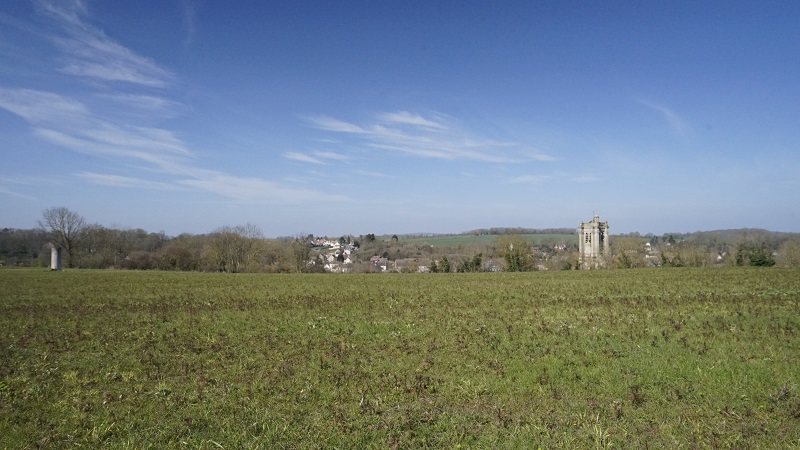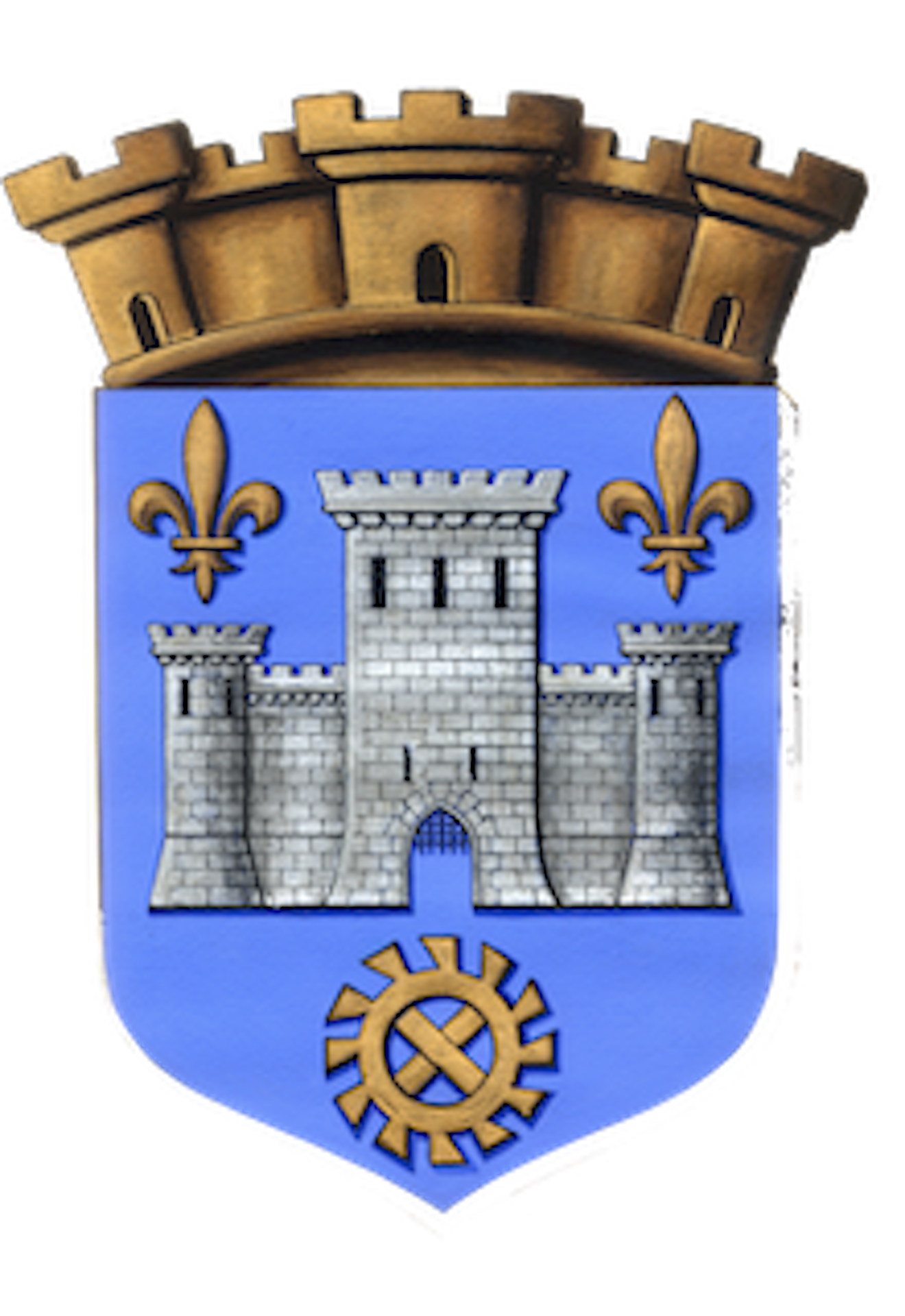Informations directionnelles
Contourner les bâtiments de l’école sur votre gauche pour arriver sur la rue des écoles. Prendre à droite, puis à droite rue de Marines. Traverser et prendre à gauche Avenue de Bon temps. Laisser deux rues sur la gauche et prendre la 3ème. Au bout de cette rue, prendre à gauche puis à droite le chemin de la maladrerie. Prendre à droite dans la rue André Baleydier. Emprunter la 1ere rue à gauche jusqu’au lavoir.
Prochain point : lat="49.15356" lon="1.94192"
Deep in the valley of the River Viosne
Chars grew at the bottom of the valley
Chars comes from the Latin
Sartum or
Essartum, meaning cleared land (for cultivation).
Of course, a river was
the factor that determined where settlements were located in the Middle Ages. Here, the village was established on both sides of the Viosne. And rail too played a role in the growth and organisation of the commune. The houses are ranged in an unbroken line along the busiest streets, like Rue de Gisors or Rue de Marines. The houses fronting the street are all in the same style.
In the seigneurial system, the hamlets of Noisement and Clochard were under the authority of the
seigneur or Lord of Chars from the outset. It wasn’t until 1706 that the fiefdom of Bercagny was absorbed by Chars.
The old quarries
The Île-de-France region has a very, very old geological heritage and its subsoil is packed with materials that are particularly suitable for construction. Lutetian limestone – also known as Paris stone – is a prized premium building stone, while gypsum, which is also available in abundance, is used to make the plaster and lime that go into masonry mortar and other coatings. Lime kins were probably located in the vicinity of the Impasse des Fours à Chaux and near the Rue de Marines in Chars.
From 1890 onwards, some of the quarries used to exploit the subsoil resources were converted into mushroom houses, at Rue de Gisors, rue de Clochard, 17 and 21 Rue de la Gloriette, and at Rue de Moussy – which was especially big as it was roomy enough for horses and carts to move around. The mushroom houses served as shelters during Second World War. After the war, they returned to their original function before closing down, one after the other. The chimneys provided ventilation and removed the gases and vapours generated by heating and fermenting the manure and the grindstone.
This network of old quarries is now home to many species of bats, including the lesser and greater horseshoe bats – both endangered species. The cavities are a peaceful hibernation refuge for bats. Other bat species found here are greater mouse-eared bats, Geoffroy’s bats and Daubenton's bat.




